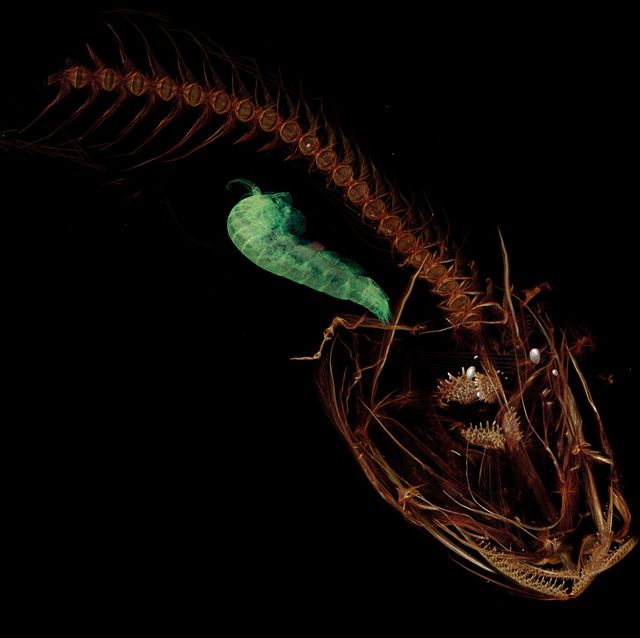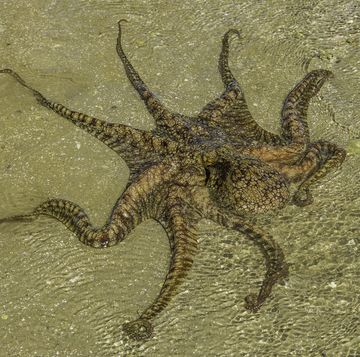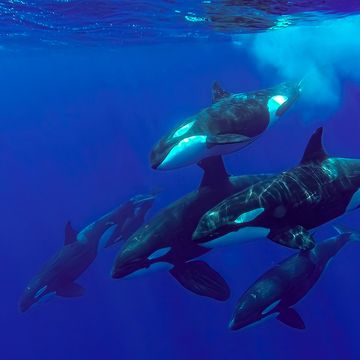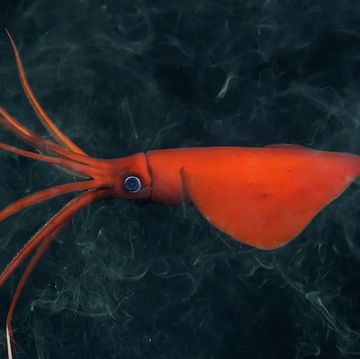The deepest parts of the ocean are tough places to live. There’s no light, the pressure will crush almost anything, and the temperature is impossibly cold. It’s remarkable that there’s anything alive that far down, yet somehow life finds a way.
Recently, scientists probing the Mariana Trench—the deepest part of the ocean—discovered perhaps the world’s deepest fish swimming in the depths. Researchers from the University of Hawaii, Newcastle University, and the University of Washington discovered the fish swimming at over 26,000 feet below the surface, or over 5 miles down. The new fish has been dubbed the Mariana snailfish, with the scientific name Pseudoliparis swirei.
“This is the deepest fish that’s been collected from the ocean floor, and we’re very excited to have an official name,” says lead author of the new study, Mackenzie Gerringer. “They don’t look very robust or strong for living in such an extreme environment, but they are extremely successful."
The fish doesn’t look particularly impressive, unlike anglerfish or other deep-sea dwellers. It mostly looks like a slimy tadpole. But the fish's anatomy is what’s required to live in the deepest point in the ocean with crushing pressures and oppressive darkness.
The Mariana snailfish might look like a squishy prey animal, but it’s actually a dominant predator in the deep ocean. There’s understandably little competition at those depths, so the Mariana snailfish gets its pick of the shellfish and other invertebrates.
“Snailfishes have adapted to go deeper than other fish and can live in the deep trenches. Here they are free of predators, and the funnel shape of the trench means there’s much more food,” says study author Thomas Linley. “There are lots of invertebrate prey, and the snailfish are the top predator. They are active and look very well-fed.”
With this discovery, scientists now know a little more about this strange, inhospitable realm. Perhaps future expeditions will discover even more bizarre organisms that call the deepest parts of the ocean home.
“It’s amazing to see what lives there. We think of it as a harsh environment because it’s extreme for us, but there’s a whole group of organisms that are very happy down there,” says Gerringer. “There are a lot of surprises waiting.”
Source: University of Washington via Gizmodo















